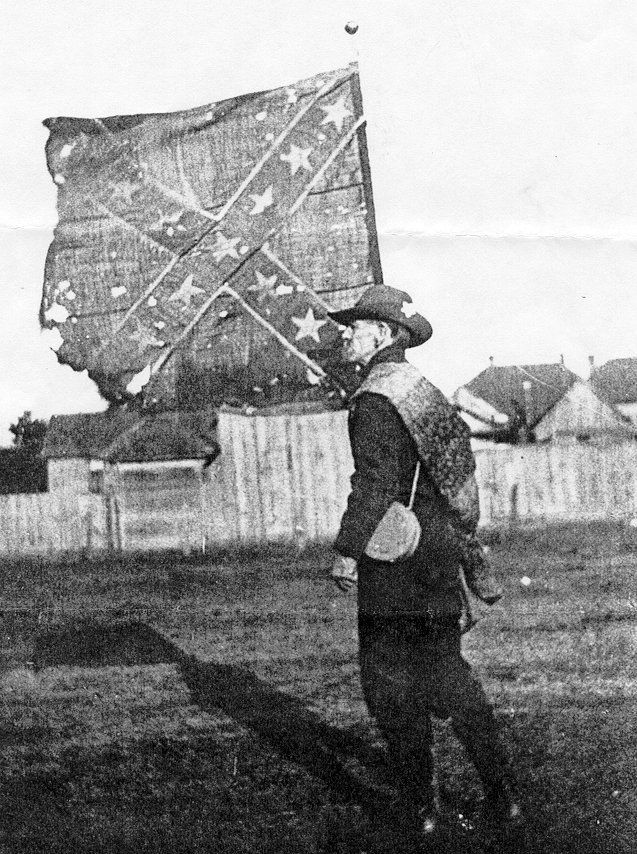Mar 2025
America at War: History of American Military Expansionism

This article is based on the documentary "America at War" (2025) by Pierre Haski & ARTE, a French journalist. I present the major moments in the American expansionist history.
Birth in War (1775-1783)
The United States was born from armed conflict. In 1775, the colonizers of New England took up arms against the British "Red Coats" to create an American republic. The Declaration of Independence of 1776 affirms that "all men are created equal," a moral position with universal vocation that would later serve to justify American interventionism. After the decisive support of the French army led by General Lafayette, peace was signed in Paris in 1783.
Wars of Territorial Expansion (1812-1890)
- 1812-1814: First war of expansion against England and unsuccessful attempt to annex Canada. Washington was burned by the British in 1814.
- 1846-1848: War against Mexico, resulting in the annexation of Texas and much of the American Southwest. The mythical episode of the Alamo (1836) is presented as heroic but hides the settlers' desire to reestablish slavery, which had been abolished by Mexico.
- 1860-1865: Civil War, a fratricidal conflict that claimed 750,000 lives. The Battle of Gettysburg (1863) marks the turning point of this war, which profoundly transformed America and its army.
- 1830s-1890: Indian Wars to conquer the West. The Battle of Little Big Horn (1876), where Lieutenant Colonel Custer was defeated by Indian tribes, paradoxically becomes a symbol of American heroism. These wars ended in 1890 after the disappearance of 90% of the Native American population.
During this period, the American media developed the concept of "manifest destiny" to justify this territorial expansion.
Imperial Expansion (1898-1941)
In 1898, the United States declared war on Spain to conquer Cuba. This war marks the beginning of American imperialism with:
- The conquest of the Philippines
- The annexation of Hawaii
- Control of Puerto Rico
President McKinley thus became the first president of a new American colonial empire, extending the power of the United States well beyond its continental borders.
The Emergence of a Superpower (1917-1945)
- 1917: Entry into World War I. President Wilson articulates a new doctrine that would justify American military interventionism, presenting America as invested with a sacred mission to spread its values.
- 1941-1945: Decisive participation in World War II. The American economy, boosted by the arms industry, emerged strengthened from the conflict.
- August 6 and 9, 1945: Atomic bombings of Hiroshima and Nagasaki, marking American military supremacy and the end of the war through Japan's total surrender.
American Hegemony and the Cold War (1945-1991)
After 1945, the United States imposed a new world order:
- Establishment of the United Nations in New York (1952)
- Creation of the IMF and the World Bank
- Implementation of a network of 800 military bases around the world
- Foundation of NATO (1949)
This period is marked by several conflicts:
- 1950-1953: Korean War, the first intervention under UN mandate, causing 3 million deaths, including 55,000 American soldiers.
- 1965-1975: Vietnam War, a traumatic conflict that caused 2.5 million deaths and ended with a humiliating departure of American forces. This war marked a turning point in Americans' perception of their army and led to the end of conscription in favor of a professional army.
Contemporary Wars (2001-present)
- 2001-2021: War in Afghanistan, the longest American war.
- 2003-2011: War in Iraq, justified by manipulated intelligence on the presence of weapons of mass destruction. These two conflicts are described as "endless wars" and end in failure.
- 2022-present: War in Ukraine, where the United States is involved from a distance, providing logistical and technological support without directly engaging soldiers.
A Power in Question
The documentary highlights the existence of two currents that run through American history: one favorable to expansionism and global military intervention, the other advocating withdrawal and defense of American interests only. Donald Trump's return to the presidency in 2025 seems to open a new path where American military power would be put exclusively at the service of the country's economic interests.
Today, in a world that has become multipolar, with the rise of China and Russia's ambitions, the question arises whether America will once again assert its power through war or whether it will redefine its role as the "world's policeman."
This chronological diagram illustrates the main periods of American military expansionism, from wars of national formation to contemporary conflicts. It clearly shows the evolution of the United States' role: first as a nation under construction seeking to establish its territory, then as an imperial power extending beyond its borders, before becoming a world superpower after 1945, and finally, a power confronted with the challenges of a multipolar world.
The diagram highlights pivotal moments such as the end of the Indian Wars (1890) marking the complete conquest of the continent, the Spanish-American War (1898) inaugurating the imperial era, the atomic bombings (1945) establishing American military supremacy, and the withdrawal from Afghanistan (2021) symbolizing the end of the "endless wars" after 9/11.